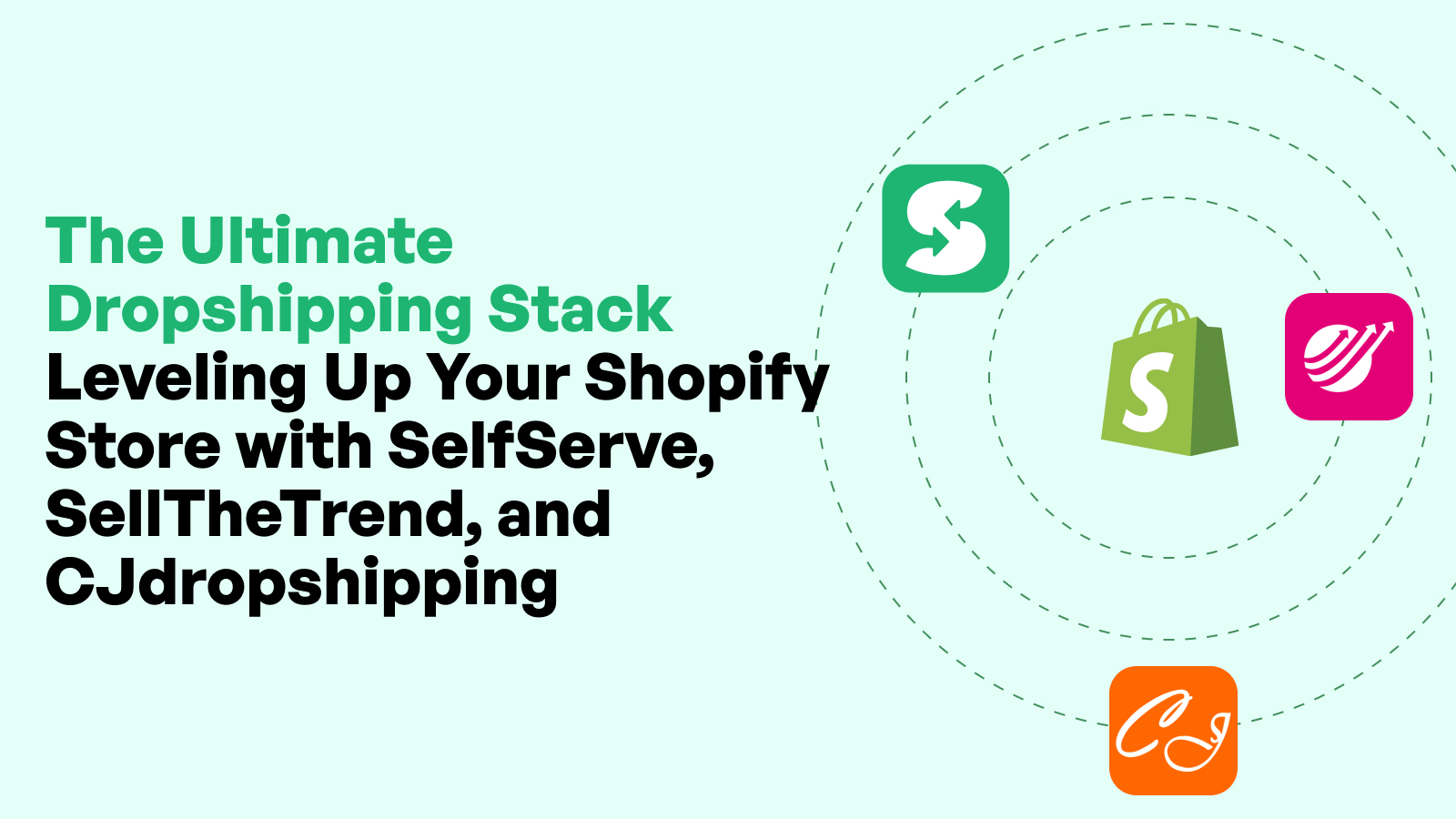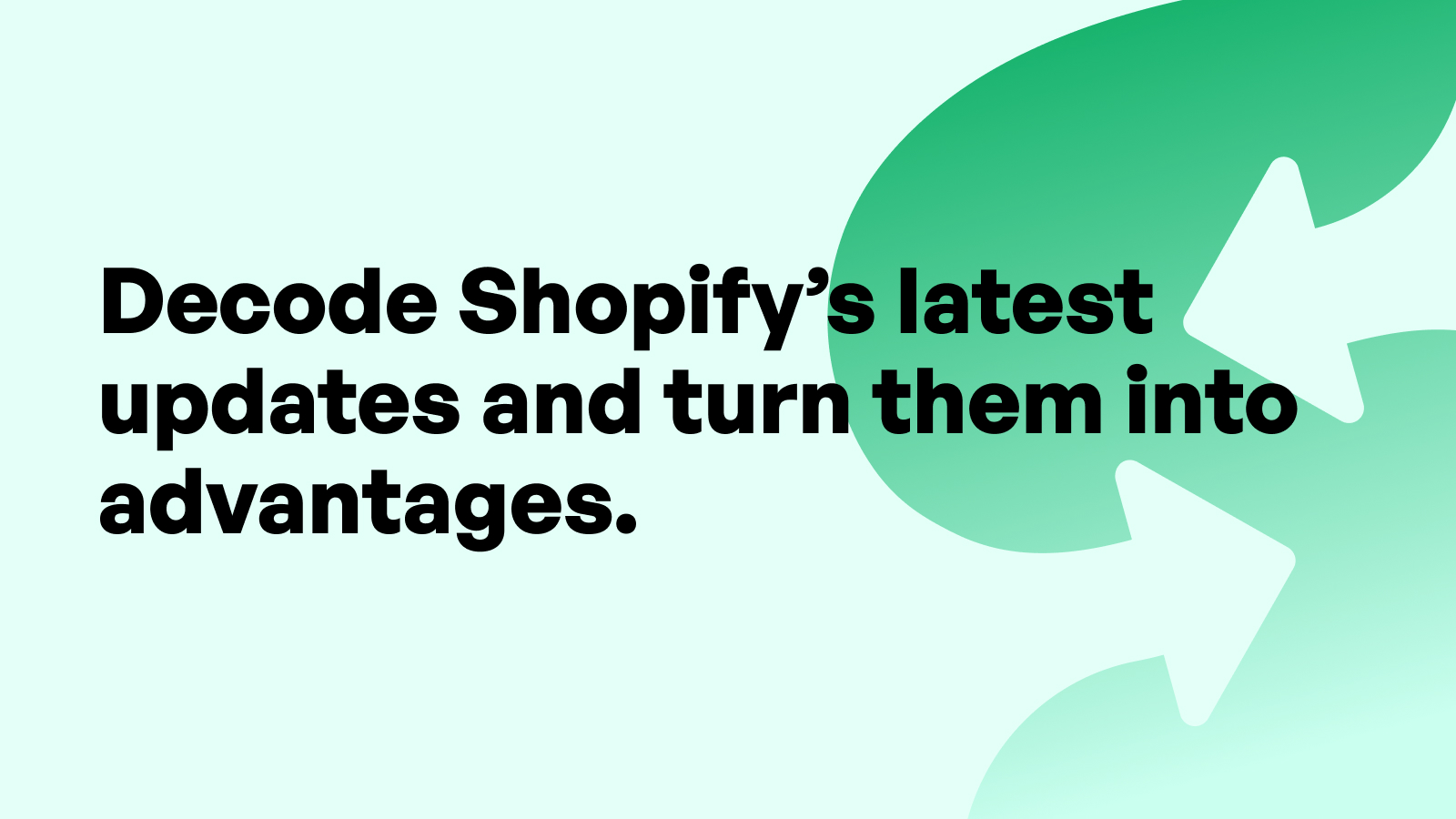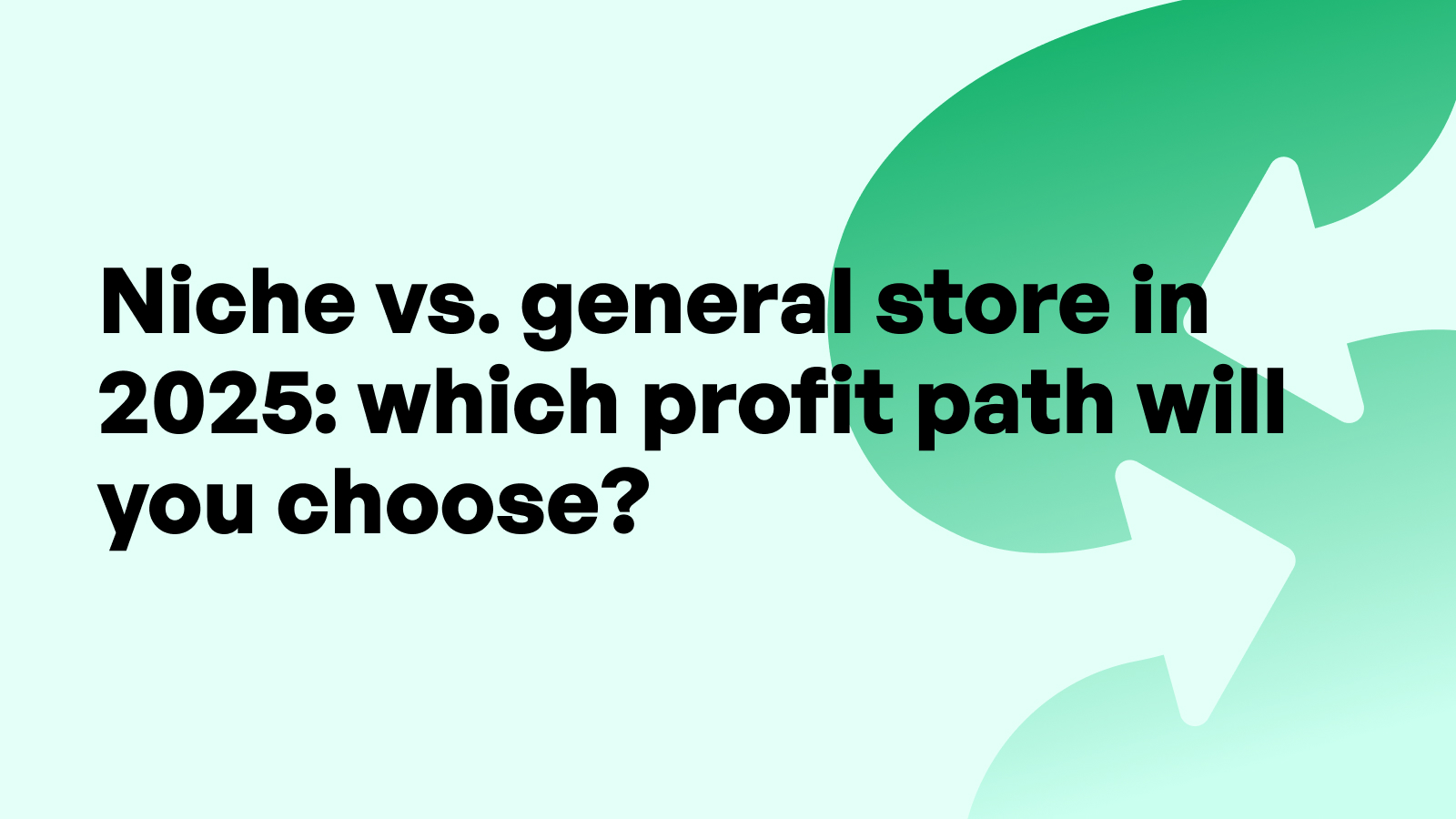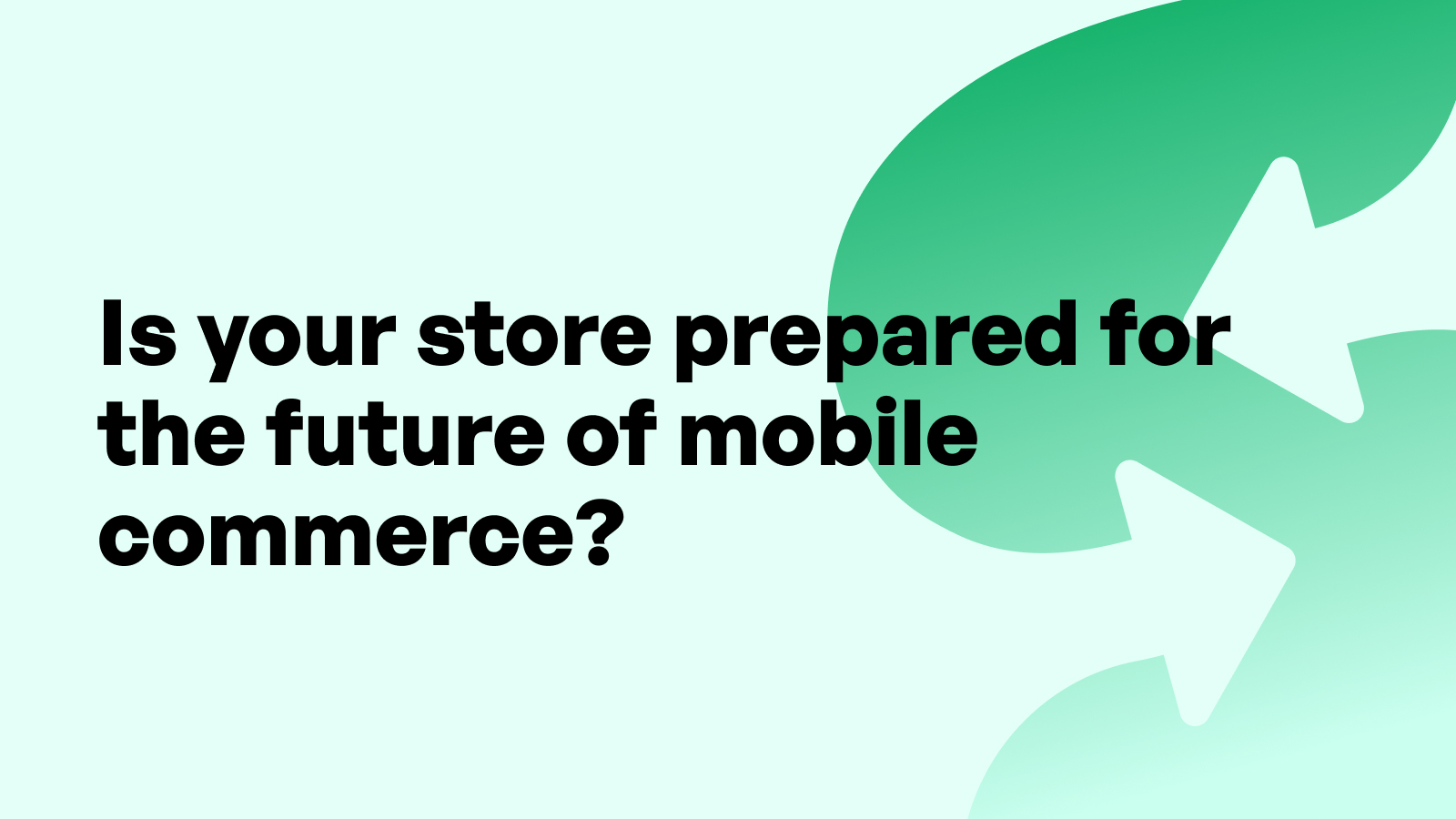Top Marketing Tactics for Shopify Stores That Drive Real Results
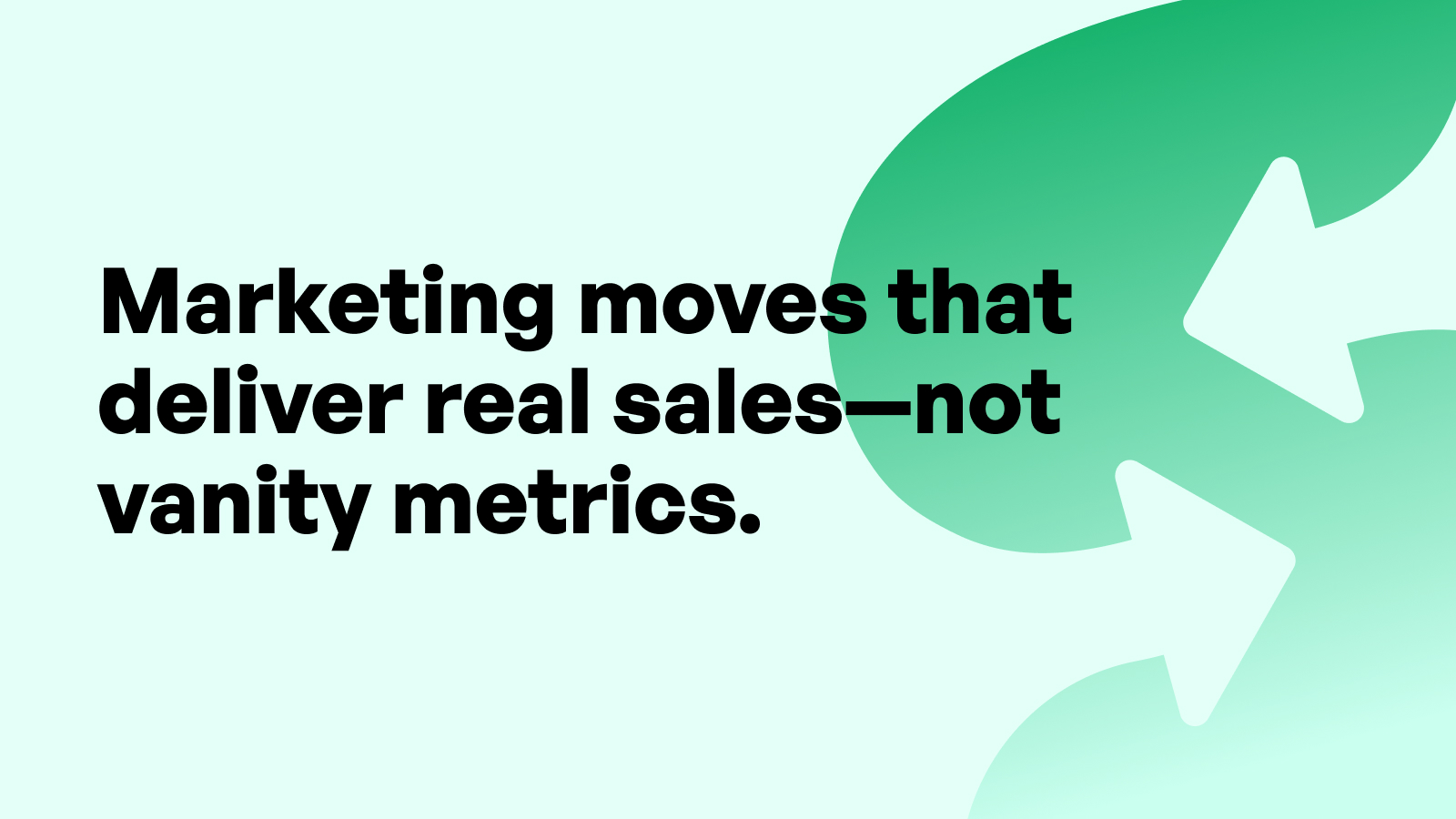
The Role of Marketing in Shopify Store Growth
Marketing is the cornerstone of success for Shopify merchants in today’s highly competitive eCommerce space. With the barrier to entry lower than ever, many store owners find themselves in a saturated market. What differentiates successful Shopify stores isn’t just a great product or sleek design—it’s a data-driven, multichannel marketing strategy designed to attract, convert, and retain customers. As consumer behavior becomes more complex and expectations rise, Shopify merchants must deploy marketing strategies that are not only current but also agile, scalable, and tailored to their niche.
A well-rounded marketing strategy helps merchants not only build visibility but also educate customers, foster loyalty, and drive conversions. Whether it’s through content, email, paid ads, or influencer collaborations, marketing is the engine that powers customer acquisition and growth. In this article, we’ll break down the top tactics Shopify merchants can use to gain real, measurable results—backed by examples, tools, and best practices tailored specifically for the Shopify ecosystem.
Building a Strong Marketing Foundation
Before launching campaigns or pouring budget into ads, every Shopify merchant must lay down a strong strategic foundation. This begins with clearly defining your brand’s identity—what you stand for, who you serve, and what makes you different. A strong brand voice and unique value proposition (UVP) help you stand out and connect emotionally with your audience. Your UVP isn’t just a tagline—it’s the reason why a customer chooses you over a competitor.
Equally important is understanding your target audience. Shopify merchants should dive deep into analytics, customer feedback, and purchasing patterns to develop robust buyer personas. These personas inform the tone, content, channels, and timing of every marketing initiative. Pair this with setting SMART goals—Specific, Measurable, Achievable, Relevant, and Time-bound—and you have a blueprint that guides all marketing activities toward clear, measurable outcomes.
With these fundamentals in place, Shopify merchants are better equipped to allocate resources efficiently, choose the right tools, and evaluate performance effectively. Marketing becomes not just a creative endeavor but a systematic process rooted in insight, strategy, and continuous improvement.
Driving Results Through Organic Content Marketing
Organic content marketing remains one of the most cost-effective and sustainable ways for Shopify merchants to attract and convert customers. Unlike paid ads that stop delivering the moment you stop paying, content builds long-term equity in your brand. From blog posts to product videos, content helps communicate value, improve SEO, and establish credibility.
Blogging with Intent
Blogging allows Shopify merchants to capture search traffic, educate buyers, and build trust over time. But not just any blog will do—your posts need to be intentional, optimized for SEO, and designed to solve real customer problems. High-performing Shopify blogs typically focus on product education, how-to guides, trend forecasting, and customer success stories.
Use keyword research tools like Ubersuggest or Ahrefs to identify long-tail keywords your audience is searching for. Then, craft comprehensive posts that naturally include those keywords, answer key questions, and link to relevant products or collections. Including internal links improves navigation and reduces bounce rates. For example, if you sell eco-friendly home goods, a blog titled "10 Sustainable Kitchen Swaps You’ll Love" not only educates but encourages purchase behavior.
Leveraging Video and Visual Storytelling
Video marketing is especially powerful for Shopify merchants who need to demonstrate product use, convey emotion, or highlight customer testimonials. With platforms like TikTok, YouTube Shorts, and Instagram Reels dominating user attention, short-form videos can drive massive engagement and traffic.
Showcasing unboxings, tutorials, or behind-the-scenes production processes helps customers visualize your brand’s authenticity. Even better, these videos can be repurposed across landing pages, email campaigns, and social media ads. Shopify merchants can also embed videos directly into product pages to improve time on site and conversion rates.
SEO for Shopify
Search engine optimization (SEO) is a long-term play but pays massive dividends when done right. For Shopify merchants, the most effective SEO strategies include optimizing product titles and descriptions with target keywords, writing compelling meta descriptions, compressing images for faster load times, and using schema markup to improve how listings appear in search results.
Tools like Yoast, Plug in SEO, and Google Search Console help identify and fix technical issues. Beyond that, content depth, backlink building, and mobile usability all factor into your search rankings. Shopify merchants should routinely audit their sites and track performance improvements, keeping in mind that SEO results accumulate over months—not days.
Social Media Marketing Strategies
In today’s eCommerce ecosystem, social media is far more than a promotional tool—it’s a discovery engine, community builder, and customer service platform rolled into one. For Shopify merchants, it offers a direct line to audiences where they already spend time. Whether it's Instagram Stories, TikTok trends, or Facebook Live events, social media marketing allows brands to build relationships and drive conversions.
Choosing the Right Social Channels
The key to effective social media marketing is understanding where your audience actually spends time and how they consume content. Shopify merchants selling fashion, beauty, or lifestyle products often thrive on visually rich platforms like Instagram and TikTok. B2B merchants or niche product sellers might find greater traction on LinkedIn or Pinterest.
Each platform has its own language and best practices. Instagram thrives on polished, aspirational content. TikTok rewards authenticity and trend participation. Facebook remains powerful for community groups and retargeting. Shopify merchants should choose one or two core platforms to focus on initially, and scale gradually to avoid dilution.
Building a Consistent Posting Schedule
Consistency matters more than frequency. Posting sporadically can cause your audience to forget you, while over-posting risks fatigue. Develop a realistic posting schedule and plan content in advance using scheduling tools like Later or Buffer. A strong content calendar includes a healthy mix of product highlights, educational content, customer testimonials, and behind-the-scenes glimpses.
Engaging consistently helps algorithms recognize your content as valuable, increasing its reach. Shopify merchants can also use native analytics tools to measure engagement rates, identify peak posting times, and refine their strategies accordingly.
Engaging with Followers and Influencers
Building a community requires more than posting—it requires listening and engaging. Responding to comments, answering DMs, and sharing user-generated content shows your followers that you value them. Shopify merchants should also monitor brand mentions and hashtags to find organic brand advocates.
Influencer marketing—especially micro-influencers with niche, engaged audiences—can help expand reach and credibility. Choose influencers whose audience aligns with your brand values, and co-create content that feels native, not scripted. Authenticity outperforms reach every time. Track ROI by using affiliate links, discount codes, or UTM tags to measure conversions.
Paid Advertising and Retargeting Campaigns
Paid advertising remains a powerful lever for Shopify merchants who want to accelerate growth and generate reliable traffic. Whether you're aiming to acquire new customers, boost seasonal promotions, or retarget previous visitors, a well-executed ad strategy can deliver excellent returns. To succeed, you must ensure alignment between ad targeting, copy, creative, and landing pages.
Google Ads for Product Discovery and Shopping
Google Ads offers multiple formats that are highly effective for Shopify merchants. Google Shopping, in particular, allows your products to appear directly in search results with images, pricing, and reviews. These ads match high-intent searches and provide a frictionless route from search to checkout. Make sure your product feed is optimized with accurate titles, descriptions, and structured data so your listings are eligible and competitive.
Also consider running Google Search and Display Network ads, especially for branded terms and remarketing. These tools keep your store visible to customers as they move through the buying journey. Always monitor your Quality Scores, click-through rates, and return on ad spend (ROAS) to fine-tune your campaigns and budget allocation.
Facebook and Instagram Retargeting Best Practices
Meta’s ecosystem is still a goldmine for Shopify merchants, especially when using custom audiences and retargeting techniques. Retargeting ads help re-engage users who’ve visited your store, viewed products, or added items to their cart but didn’t convert. This reminder, often paired with a time-sensitive offer, can pull hesitant shoppers back.
Make sure your Meta Pixel is properly integrated with your Shopify store and that you're leveraging dynamic product ads. These show the exact product a customer previously viewed, creating a highly personalized experience. Combine this with lookalike audiences to scale campaigns by targeting users similar to your best customers.
Optimizing Ad Creative and Conversion Paths
Even the most precise targeting won't deliver results if your ad creative falls flat. Focus on visually appealing images or videos, concise yet compelling copy, and a strong value proposition. Test multiple versions of each element—creative, headline, CTA—to see which combinations yield the best outcomes.
Equally important is the landing page experience. Shopify merchants should align their ad messaging with the page content, reduce load times, and make the checkout process seamless. A great ad click can be wasted if the landing experience is clunky or inconsistent. Ensure that your store is mobile-friendly, since a large portion of paid traffic will come from mobile devices.
Conversion Rate Optimization (CRO)
Attracting traffic to your store is just the first step. Converting that traffic into paying customers is where the real challenge lies. For Shopify merchants, conversion rate optimization (CRO) should be a continuous, data-driven process that improves user experience, builds trust, and increases sales.
A/B Testing for Headlines, CTAs, and Page Layouts
One of the most effective CRO techniques is A/B testing. By comparing two variations of a page element—such as a headline, CTA button, or layout—you can determine which version performs better. Shopify merchants should start testing high-impact elements, including the homepage hero section, product page titles, and checkout prompts.
Use Shopify-integrated tools like Google Optimize or apps from the Shopify App Store to run controlled experiments. Ensure statistical significance before implementing changes, and remember to test one variable at a time to attribute performance differences accurately.
Creating Persuasive Product Pages
A well-designed product page is essential for turning browsers into buyers. Begin with high-resolution images and multiple views to showcase the product. Follow this with a compelling product description that focuses on benefits rather than just features. Add clear pricing, stock levels, and shipping timelines to eliminate buyer uncertainty.
Social proof plays a big role here. Highlight reviews, ratings, and user-generated content where possible. Adding trust badges, return policy summaries, and fast-shipping indicators can also help reinforce credibility. The goal is to make the decision to buy feel easy and low-risk.
Leveraging Urgency, Scarcity, and Social Proof
Shopify merchants can use psychological triggers to nudge customers toward action. Urgency and scarcity—such as countdown timers, limited-time discounts, and low-stock alerts—can create a fear of missing out (FOMO). Just be sure these elements are authentic and not misleading.
Social proof is equally powerful. Displaying the number of recent purchases, showcasing real-time visitor stats, or featuring testimonials helps reduce hesitation and build confidence. Combined with persuasive copy and a seamless checkout, these tactics can boost your store’s overall conversion rate significantly.
Building and Managing Affiliate and Referral Programs
Affiliate and referral programs allow Shopify merchants to scale reach and sales without incurring upfront advertising costs. These strategies empower other people—bloggers, influencers, and happy customers—to promote your products in exchange for commissions or rewards. When structured correctly, these partnerships can drive high-quality, high-intent traffic to your store.
Structuring a Compelling Affiliate Offer
A successful affiliate program starts with a strong value proposition. Your commission structure should be competitive and aligned with your profit margins. Consider offering a higher percentage for your best-selling or high-margin products. Make your terms clear, including cookie durations, payout schedules, and any restrictions.
Also ensure that you provide affiliates with the tools they need to succeed—this includes banners, promo codes, tracking links, and sample content. The easier it is for affiliates to promote your brand, the more likely they are to actively engage.
Tools and Apps to Manage Partnerships
Shopify merchants have access to numerous apps that simplify affiliate and referral program management. Tools like Refersion, UpPromote, and Affiliatly allow you to onboard partners, track referrals, manage commissions, and monitor performance. These platforms often include features like automated payouts and real-time dashboards.
For referral programs targeted at customers, apps like Smile.io and ReferralCandy make it easy to reward shoppers for sharing your store with friends and family. Make the reward attractive—either a discount, free product, or loyalty points—to incentivize ongoing participation.
Tracking and Optimizing Performance
To make your affiliate and referral programs sustainable, you must track and optimize results consistently. Monitor key metrics like click-through rates, conversions, and average order value. Use this data to identify top performers and provide them with additional resources or incentives.
Also test different messaging and creatives to see what resonates most with your affiliates' audiences. By regularly analyzing performance and iterating on your approach, you can turn a passive partnership program into an active revenue-generating channel for your Shopify store.
Leveraging Shopify Analytics for Data-Driven Marketing
One of the biggest advantages Shopify merchants have is access to an impressive suite of built-in analytics tools. Shopify's analytics dashboard offers essential insights into your store’s performance, customer behavior, and product trends—all of which are invaluable for optimizing your marketing strategies. By routinely monitoring key performance indicators (KPIs), Shopify merchants can make informed decisions that lead to measurable growth.
Metrics such as conversion rate, average order value (AOV), and customer lifetime value (CLV) give you a comprehensive view of how effectively your marketing efforts translate into revenue. Additionally, sales by traffic source helps identify which marketing channels—be it email, social media, or paid ads—are delivering the best ROI. For merchants aiming to scale, these data points serve as the compass for budget allocation and campaign refinement.
For deeper analysis, Shopify integrates smoothly with Google Analytics 4 (GA4), enabling advanced tracking and custom reporting. GA4 allows merchants to monitor user behavior across devices, track specific events like button clicks or form submissions, and understand drop-off points in the customer journey. By syncing GA4 with your Shopify store, you can segment audiences more accurately and tailor campaigns that speak directly to each segment’s preferences.
Data should also drive experimentation. Shopify merchants should adopt a culture of continuous improvement by A/B testing different aspects of their site and campaigns. Testing subject lines in emails, call-to-action button text, and even homepage banners can reveal small tweaks that lead to large gains. With the right metrics and tools in place, Shopify merchants can transform data into revenue-generating insights.
Seasonal and Event-Based Marketing Tactics
Capitalizing on seasonal trends and cultural moments can significantly boost your store's visibility and sales. Shopify merchants who plan well in advance for key retail periods—like Black Friday, Cyber Monday, Christmas, Valentine's Day, and back-to-school—typically outperform those who rely on generic, year-round promotions.
The first step is understanding your customer’s seasonal behaviors. Shopify’s analytics and tools like Google Trends can help identify when your target market starts browsing and buying specific products. For instance, a spike in traffic for fitness gear may start in December but peak in January due to New Year’s resolutions. Aligning your campaign launch with these behavioral patterns ensures that your messaging reaches consumers when their intent to purchase is highest.
Your creative assets should reflect the theme and urgency of the season. Whether it’s adding a holiday-themed hero image to your homepage or creating limited-time offer banners, these elements enhance the emotional appeal of your campaign. Shopify merchants can also utilize pop-ups to promote seasonal discounts and collect emails from first-time visitors for future re-engagement.
Don’t underestimate the power of last-minute shoppers. Countdown timers, flash sales, and expedited shipping options can convert procrastinators into buyers. Additionally, incorporating retargeting ads during these time-sensitive windows ensures you stay top-of-mind as customers finalize their purchasing decisions.
Shopify merchants should also consider creating event-based marketing campaigns around non-traditional holidays or industry-specific dates. Celebrating National Pet Day, Earth Day, or even launching products around major cultural events like the Oscars or Super Bowl can inject freshness into your content strategy and resonate with niche audiences.
Ultimately, seasonal and event-based marketing allows Shopify merchants to build momentum, drive urgency, and meet customers where they already are in their shopping journey.
Utilizing Shopify Apps for Marketing Automation
As your store scales, manual marketing tasks can quickly become unsustainable. Marketing automation is the key to saving time, reducing errors, and ensuring consistent communication with your audience. Fortunately, Shopify’s vast app ecosystem offers merchants a wide range of marketing automation tools designed to fit any budget or objective.
Email marketing automation is one of the first places Shopify merchants should focus. Apps like Klaviyo, Omnisend, and Privy integrate seamlessly with Shopify, enabling automated workflows for abandoned carts, welcome series, product recommendations, and post-purchase follow-ups. These workflows nurture leads, recover lost revenue, and keep your brand top-of-mind without needing constant manual input.
SMS and push notifications are also becoming increasingly valuable. Tools like Postscript and PushOwl allow Shopify merchants to deliver time-sensitive messages directly to a customer’s phone or browser. These channels boast higher open and engagement rates compared to email, making them ideal for flash sales, restocks, and order updates.
To further enhance customer experience, Shopify merchants should consider integrating the Self Serve Shopify App. This tool allows customers to independently manage returns, track orders, and modify purchases, reducing customer service inquiries and freeing your team to focus on growth. Incorporating this kind of automation into your post-purchase flow improves satisfaction and retention rates.
Marketing automation extends beyond communication. Dynamic pricing tools, product bundling apps, and loyalty program platforms can all be triggered based on customer actions or segments. For example, you might offer a discount code to repeat buyers who haven’t shopped in 60 days or auto-apply a BOGO deal during checkout.
By leveraging Shopify apps for automation, Shopify merchants streamline operations, personalize the customer journey, and scale their marketing efforts with greater efficiency and precision.
Tracking and Measuring Campaign Success
No marketing strategy is complete without a rigorous approach to performance measurement. Shopify merchants must treat analytics as a core business function, not an afterthought. Monitoring the impact of campaigns in real-time allows for agile decision-making and smarter budget allocation.
Start by setting clear goals for each campaign. Whether it's driving traffic, boosting conversion rates, or increasing customer lifetime value, each metric should align with your business objectives. Shopify’s native reporting tools allow you to monitor sales by channel, average order value, and customer return rates—all essential KPIs for marketers.
For multi-channel campaigns, use UTM parameters to track performance across platforms. Tools like Google Analytics 4, when integrated with your Shopify store, offer a comprehensive view of user journeys, helping you understand where leads originate and how they behave before converting.
It’s equally important to compare performance over time. Benchmarking your current results against previous periods uncovers trends and helps identify what’s working—and what isn’t. Seasonality, economic shifts, and platform algorithm changes can all impact outcomes, so maintaining a data-driven pulse on performance is vital.
A/B testing is another powerful tactic. From subject lines to ad creatives, landing page layouts to CTA wording, consistent testing reveals what resonates most with your audience. Shopify merchants should make iterative changes based on these insights, gradually optimizing each campaign for higher ROI.
Finally, don’t overlook customer feedback. Post-purchase surveys and product reviews can surface qualitative insights that data alone might miss. Combining hard metrics with direct customer input offers a holistic view of campaign effectiveness.
By building a culture of analysis and iteration, Shopify merchants ensure that their marketing efforts remain focused, efficient, and growth-oriented.
Conclusion: Pulling it All Together for Long-Term Growth
Success in Shopify marketing isn’t about chasing trends or copying competitors—it’s about mastering the fundamentals and layering in new tactics as your business evolves. From optimizing your email flows to leveraging influencer collaborations, automating your outreach, and harnessing analytics, the tactics discussed in this guide provide a comprehensive blueprint for driving real, sustainable results.
Amidst this journey, Shopify merchants can gain tremendous leverage by streamlining their post-purchase workflows and empowering customers with self-service capabilities. The Self Serve Shopify App offers a simple, powerful solution to reduce customer support workload and elevate the buyer experience. By allowing customers to track orders, manage returns, and update information independently, it adds a layer of efficiency and satisfaction that enhances loyalty.
Whether you're just starting out or scaling a mature brand, the key to thriving in the eCommerce space lies in consistency, creativity, and a relentless focus on data. With these marketing tactics, Shopify merchants are well-positioned to capture attention, drive conversions, and build lasting relationships with their customers.
SEO FAQs: Top Marketing Tactics for Shopify Stores
What are the most effective free marketing tactics for Shopify merchants?
Free marketing tactics that deliver results include SEO optimization, organic social media engagement, community partnerships, and email list building. Shopify merchants can use built-in blog functionality to target long-tail keywords and create engaging content that draws traffic.
How can Shopify merchants make the most of paid ads?
To get the most from paid ads, Shopify merchants should clearly define their audience, use retargeting strategies, and continuously optimize creatives and copy based on performance metrics. Integrating with tools like Facebook Pixel or Google Ads conversion tracking is essential.
Should I prioritize email or SMS marketing for my Shopify store?
Both are powerful, but email remains the top channel for nurturing customer relationships. SMS, with its high open rates, is great for urgent or time-sensitive messaging. Many Shopify merchants find success using both channels in tandem.
How do I choose the best marketing app for my Shopify store?
Focus on tools that integrate well with your Shopify store and solve your specific needs—whether it's automation, segmentation, or analytics. Read user reviews, test free plans, and ensure the app aligns with your workflow.
Can I automate influencer outreach on Shopify?
Yes. While some aspects of influencer marketing require manual relationship-building, platforms like Dovetale (now part of Shopify Collabs) allow Shopify merchants to find, vet, and manage influencers at scale. Automation helps maintain consistency and tracking.

